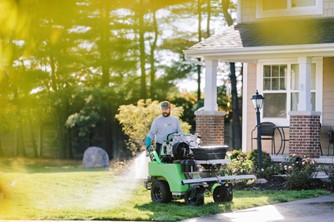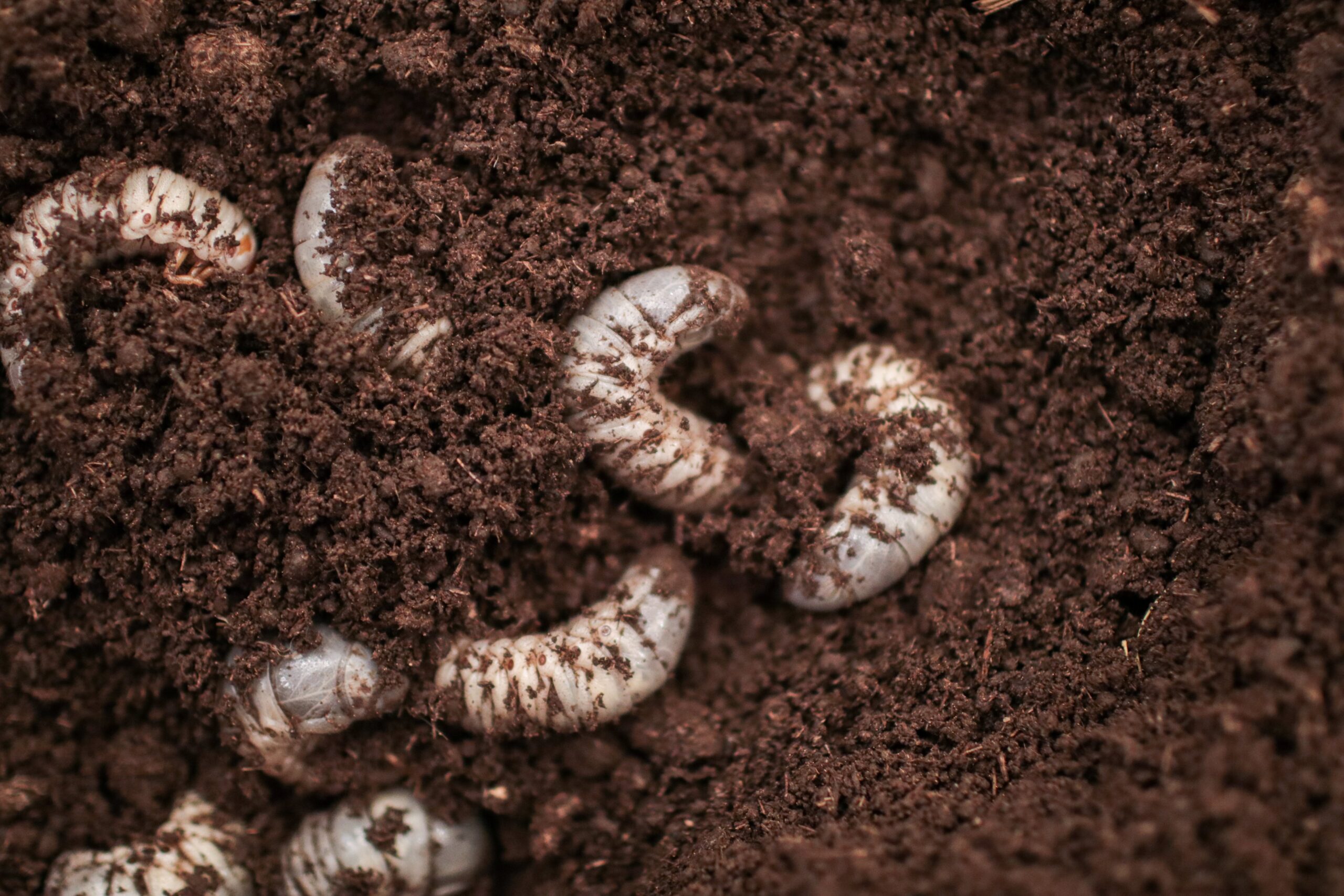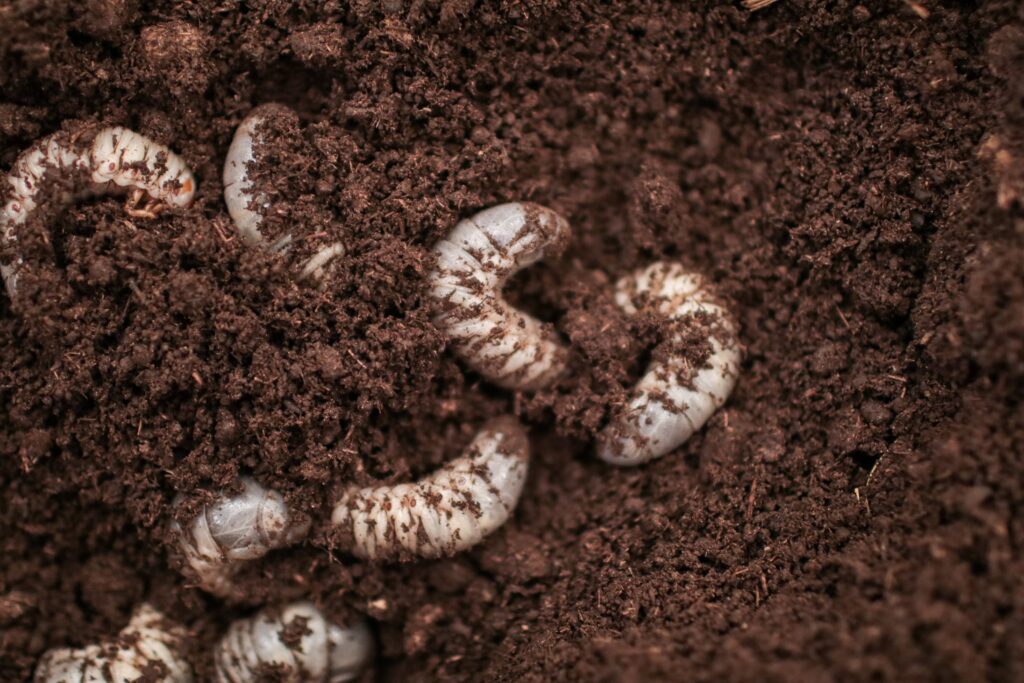
Grub Damage
September 6, 2023
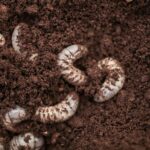
Grubs can be pretty sneaky. On the surface, your lawn may look healthy and green, but grubs could be eating away at its roots, and before you know it, cause severe problems.
Grubs can be pretty sneaky. On the surface, your lawn may look healthy and green, but grubs could be eating away at its roots, and before you know it, cause severe problems.
Grubs are a type of larvae that can severely damage your lawn. They appear as a “C” shape figure with a white body and brownish head. They live a few inches beneath the surface of the soil and feed on the roots of the grass which can kill patches of your lawn, leaving you with reoccurring brown patches.
Signs You Have a Grub Infestation:
When it comes to identifying whether you have a grub infestation or not, there are several signs you can look out for:
- Animals digging up your lawn in search for grubs
- You have dead, brown patches in your lawn
- You have sponge-like areas that feel like fresh sod
- Damaged grass roots, the lawn rolls up like carpet
- Moths flying around the surface of your lawn, bed, and gardens
The last, most obvious sign is if you physically see grubs in your lawn. To do this, you may have to pull back a few small patches of your lawn in order to investigate.
Preventative Treatment Vs. Curative Treatment
If you begin to see any of the signs mentioned above, it would be too late for a preventative treatment on your lawn. Preventative treatment is applied in the summer months and is used to help fight off any future grub larvae from feeding on your lawn’s roots.
If you already have an infestation of grubs, you will need a curative treatment called Dylox, which can be costly. Once this is put down, the insects ingest it, and it breaks down the functioning of their nervous system. When this product is applied, it is best to thoroughly water the area to help activate the ingredient and enhance the results.
Repairing Your Lawn
If your lawn has been damaged by grub infestation and you have treated them properly but now must deal with the damage that has been left behind, there are a few options to consider.
One option is to reseed your lawn. After you remove the damaged areas, apply a handful of seeds across freshly loosen fertilized soil. Another option is to remove the dead grass for new to grow. Raking over the top layer of thatch can help loosen any areas of dead grass you have, without causing damage to the roots. Lastly, you can replace the affected areas with sod. This option will be the most expensive but will show results almost immediately.
In order to achieve the best results from any of these options, you need to ensure that you water your lawn properly.
![]()
The post Grub Damage appeared first on Lawn Squad.
Recent News
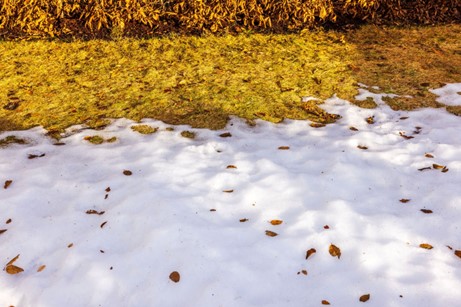
Reviving Your Dormant Lawn: A Guide for Northern Homeowners
November 14, 2024
As the change of seasons approaches in northern states, many homeowners start to notice their...

The Fall Growing Season in the North – A Crucial Time for Your Lawn
October 24, 2024
As the crisp air settles in and the leaves begin to change, fall is a...
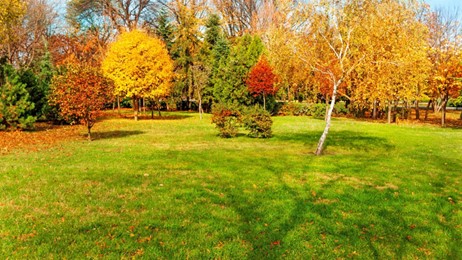
The Importance of Limestone Applications for Your Fall Lawn Care
September 17, 2024
As fall settles in, it’s time to focus on preparing your lawn for the winter...
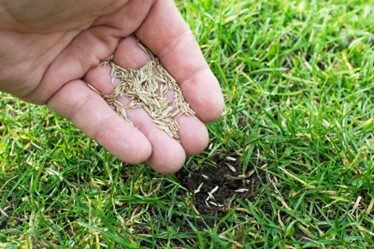
Be Prepared for Fall Aeration and Overseeding
August 19, 2024
When it comes to lawn care in the north, many people think they can stop...
